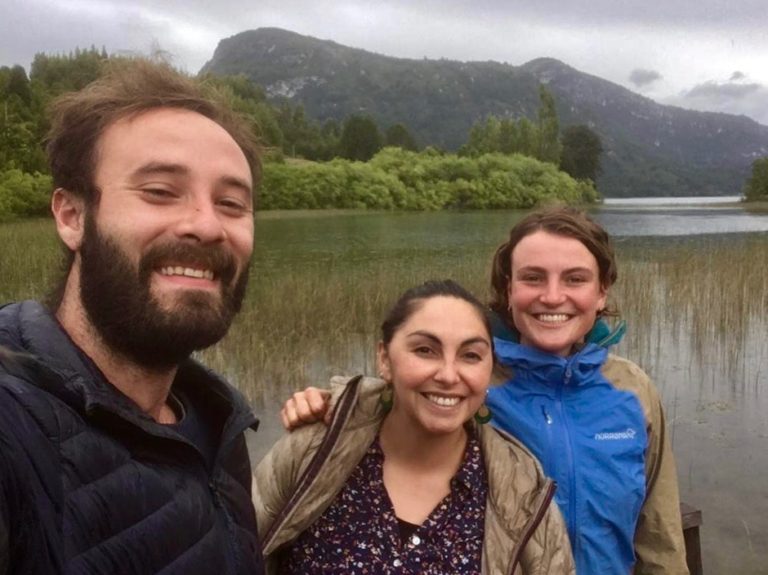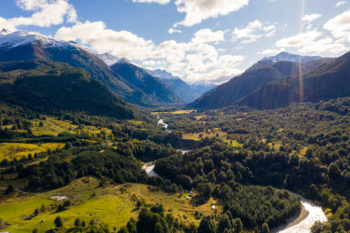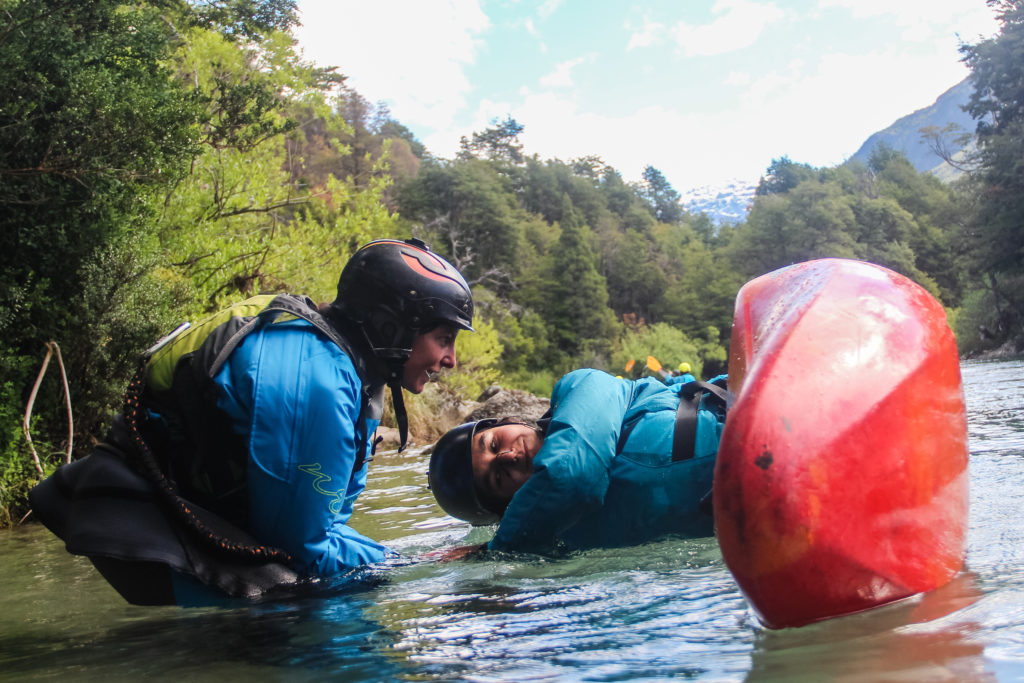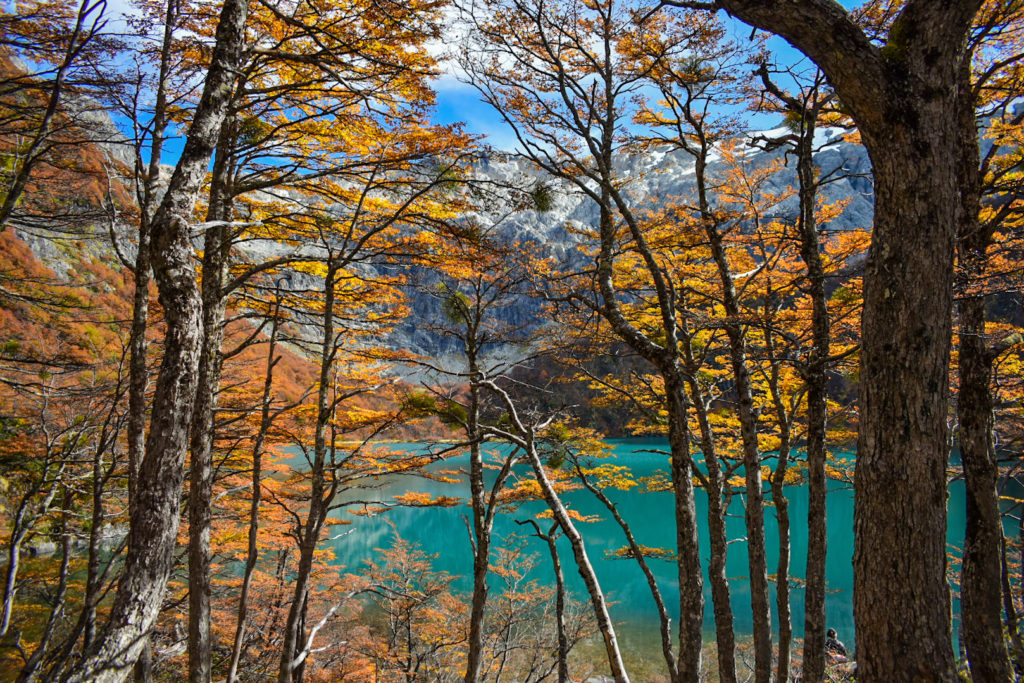Celebrating 10 Years of Fighting for the Futaleufú River
By: Futaleufú Riverkeeper

By Lydia Blanchet, Futaleufú Riverkeeper Water Monitoring Program Coordinator
A crown jewel of Patagonia, the Futaleufú River flows westward across the Andes through glacially carved valleys of native forests, fertile agricultural land, and rugged, rocky peaks.
Based in the small town of Futaleufú, Futaleufú Riverkeeper (Riverkeeper) has been working to protect the river since 2012, when the Spanish company Endesa (now Enel) began to push forward plans for a series of large hydroelectric dams. Thanks to the work of Riverkeeper and various other organizations, along with a strong community uprising, Endesa eventually abandoned its plans and in 2016 renounced its water rights on the Futaleufú.

Still, though the threat of a new dam on the Futaleufú is no longer imminent, the need to protect and preserve the Futaleufú River is more important than ever. In the last decade, Futaleufú Riverkeeper has evolved and expanded its mission to focus on the protection of the Futaleufú watershed as a whole: as much the Futaleufú River and its tributaries as the ecosystems and communities that they nourish. Within this holistic view, our work revolves around the three interconnected pillars of watershed monitoring, sustainable development and conservation, and environmental stewardship.
This broad view of the conservation of the Futaleufú watershed has opened Riverkeeper to a multifaceted range of projects involving many different parts of the community. To highlight just a few of these: one of our main projects is our community-based water quality monitoring program, now entering its third year. In response to the near absence of any official data collection on water quality in the watershed, in 2020 we began monitoring basic physical-chemical parameters at 14 sites in the radius of the town of Futaleufú. The monitoring is done by a motivated group of 20 volunteer monitors, who each month collect and analyze samples from their sites. We are currently working on developing an interactive online platform to share our results, as well as expanding to include measuring stream discharge and monitoring macroinvertebrates and the presence of harmful bacteria.

Another project now in its third year is our “Chicas al Agua” (“Girls to the Water”) program, a kayaking and environmental leadership clinic for local high school girls. Every summer, the 6-week clinic engages girls in a combination of kayaking classes and environmental education workshops led by female instructors. The goal of the clinic is to empower young women in a traditionally male-dominated sport, and to give participants another way to connect with and value the rivers and natural environment that surrounds them. Twelve girls are participating in this year’s clinic, including Nathalya A., who says: “Thanks to this sport I have realized what I am capable of; it’s the only thing that raises my self-esteem so much. In general, it makes me feel full”.
Going into 2022, we are incredibly excited to begin work on one of the only definitive legal protections available to rivers in Chile: a Reserva de Caudal, or “flow reserve.” Chile is the only country in the world with fully privatized water rights, which means that with few exceptions, all available water can be bought and used by private entities. A Reserva de Caudal sets aside a large portion of the flow of a river for ecological purposes, blocking developers from realizing large-scale hydroelectric projects and other potentially damaging developments. We hope that this is the first step towards definitive protection for the Futaleufú!
Ten years after the founding of Futaleufú Riverkeeper, our small organization has evolved into a powerful source of environmental advocacy and a community nexus. As the Futaleufú valley faces the growing threats of exponential population growth and climate change, we will continue working towards a future that preserves local culture, natural landscapes, ecosystems, and clean water for decades to come.
Support Futaleufú Riverkeeper in this work by making your tax-deductible donation today.
